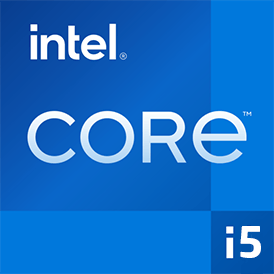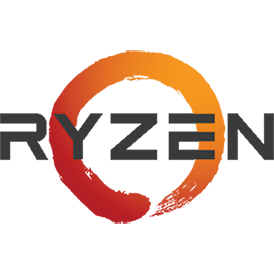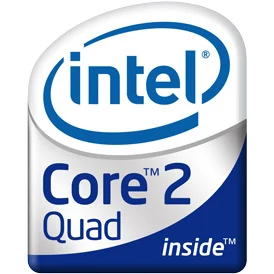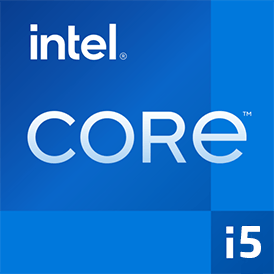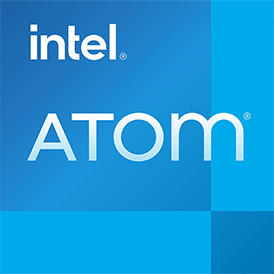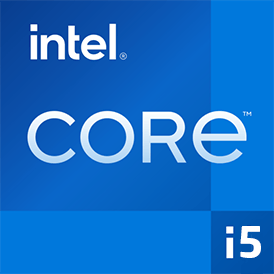Comparison of Colorful iGame GTX 980 Ti 20th Anniversary Edition video card vs GIGABYTE AORUS Radeon RX 6750 XT ELITE 12G video card by specs and benchmarks. Colorful iGame GTX 980 Ti 20th Anniversary Edition runs at 1.190 GHz+ 19 % base clock speed and has 6 GB of GDDR5 memory, while video card GIGABYTE AORUS Radeon RX 6750 XT ELITE 12G runs at 1.190 GHz+ 19 % base clock speed and has 12 GB of GDDR6 memory. The weight is different, -- vs --. The TDP of the first video card is 250 W, and the second is 250 W . Compare the benchmark results to find out which video card is better.


 Russian
Russian  Germany
Germany  Portuguese
Portuguese  Italian
Italian  French
French  Japan
Japan  Spanish
Spanish  Polish
Polish  Chinese
Chinese 

